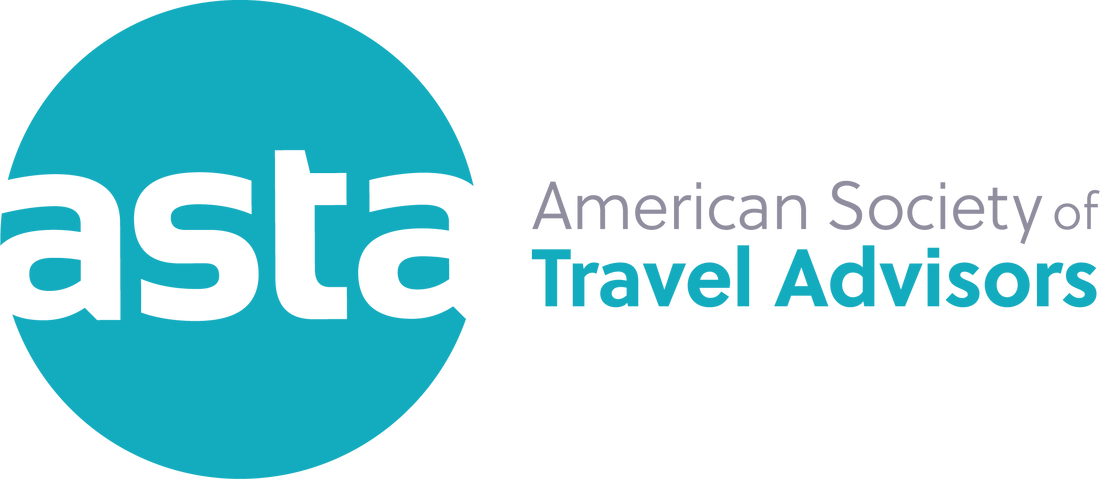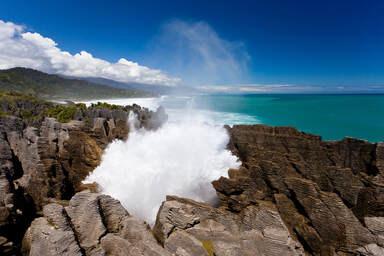 With the world locking down and isolating, does it seem an odd time to be discussing travel? I totally understand why travel, per se, is not top of mind for you or anyone else right now. But with the time lots of us have on our hands, I want to spend a few minutes explaining why travel is pretty high on the list of things we might contemplate for a few moments. A visit to Washington, DC should include a visit to Mt. Vernon, the home of George and Martha Washington. It is conveniently located approximately 15 miles south of Washington, D.C. When you plan your visit however, schedule for a half day visit minimum, whether you join a tour group or drive down independently.
|
AuthorAt Ships 'N' Trips Travel we have been providing memorable travel experiences for our clients since 2005. Categories
All
Archives
October 2023
|
Due to individual state seller of travel laws, we are currently not accepting clients that are residents of California, Florida, Hawaii or Washington state. However, we can refer you to a highly qualified agency licensed in your state. Contact us for info.
Iowa SOT #1501
Iowa SOT #1501
|
CONTACT US
330 Franklin Road, #135A Box 130 Brentwood, TN 37027 PHONE NUMBERS: Office: (615) 221-1209 Toll Free / Fax: (888) 221-1209 EMAIL: [email protected] |
INSPIRATION
|
SUBSCRIBE TO OUR NEWSLETTER
Sign Up Today!
Sign Up!
|
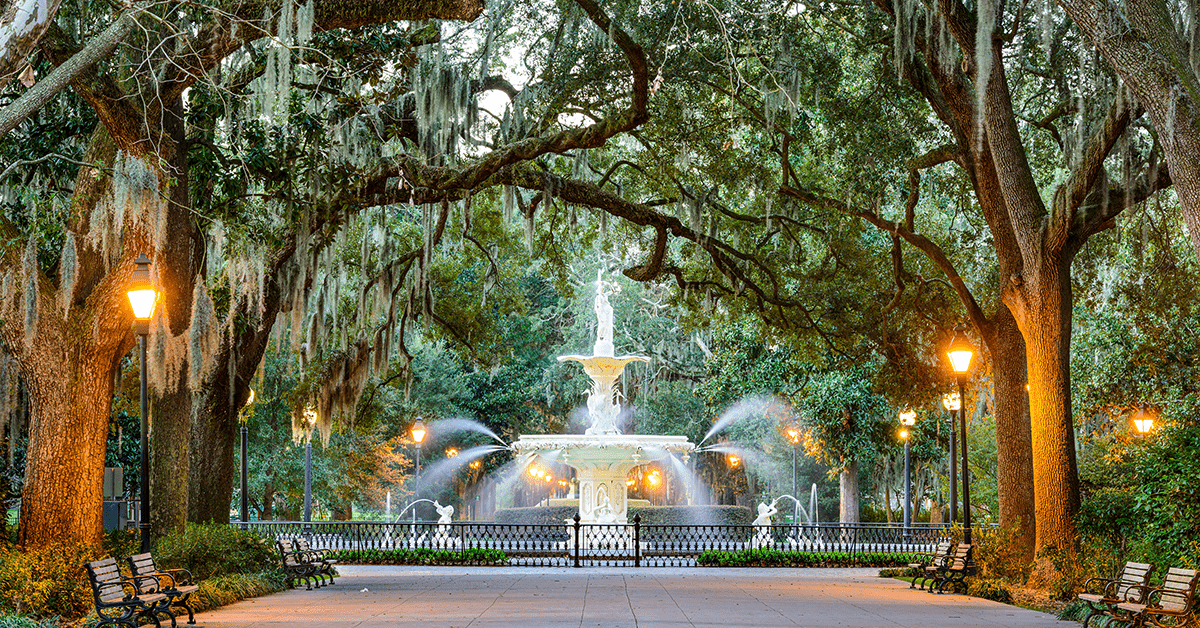

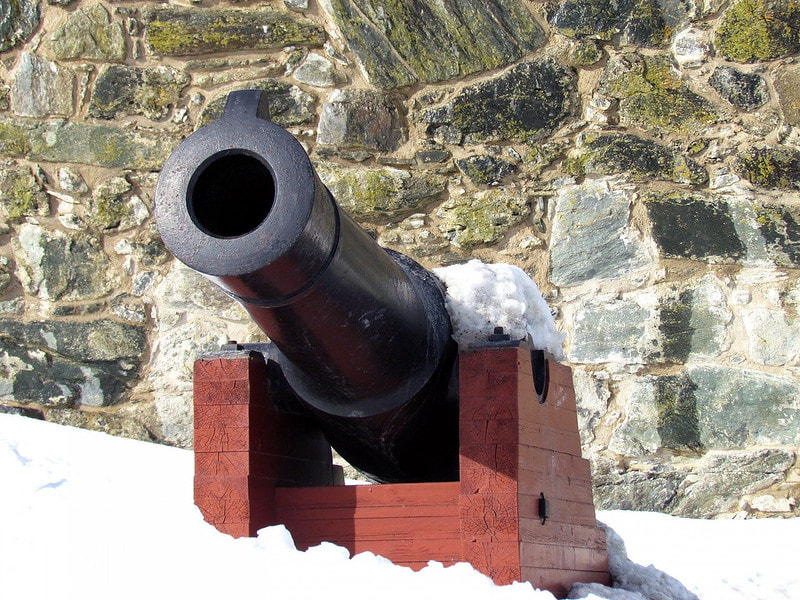
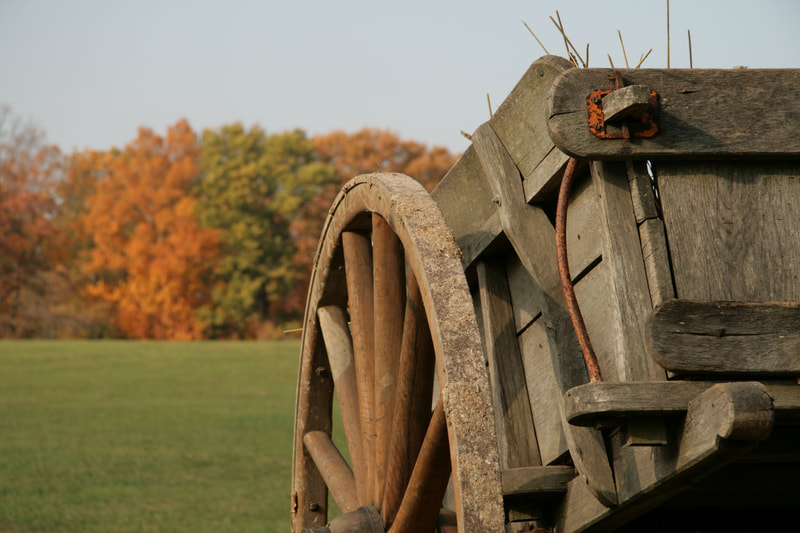
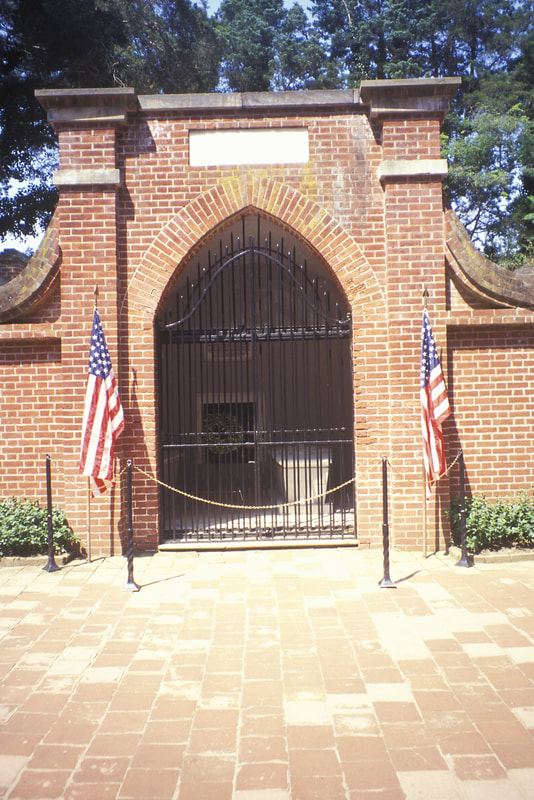
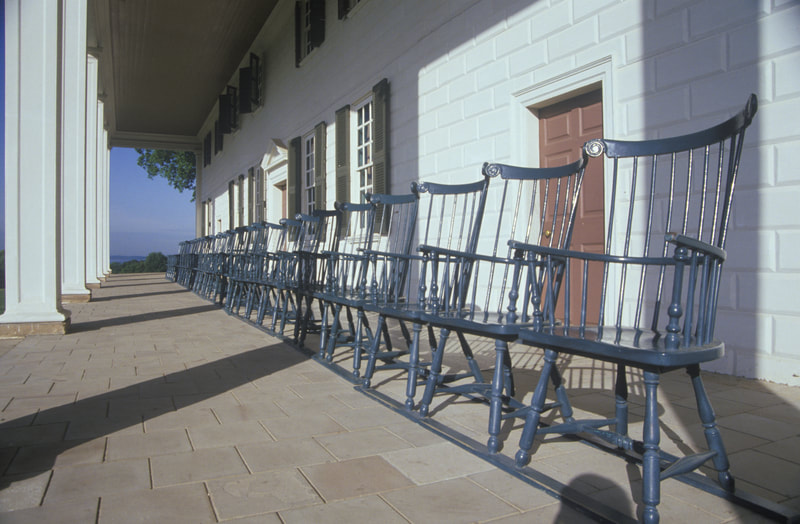
 RSS Feed
RSS Feed
